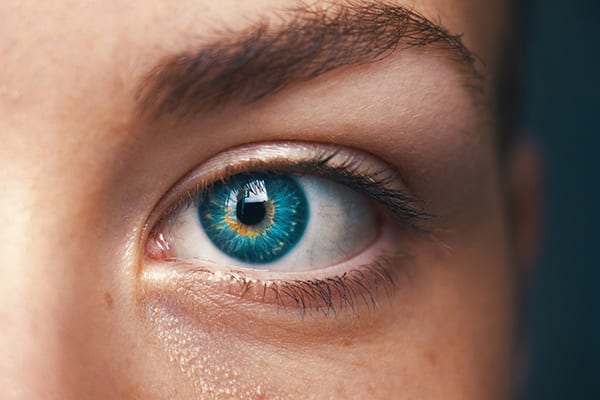Researchers seek to develop contact lenses for common eye disorder presbyopia
 Presbyopia affects more than 1 billion people worldwide and while it is no news that glasses, conventional contact lenses and surgery do contribute some improvement, they have their drawbacks too. These can include altered contrast and sensitivity in an individual’s vision as well as difficulty in night vision. Bringing a life-changing research on surface is Hongrui Jiang, Ph.D., from the University of Wisconsin, Madison and his new study of opting a method that focuses on the way an elephant nose fish uses its vision!
Presbyopia affects more than 1 billion people worldwide and while it is no news that glasses, conventional contact lenses and surgery do contribute some improvement, they have their drawbacks too. These can include altered contrast and sensitivity in an individual’s vision as well as difficulty in night vision. Bringing a life-changing research on surface is Hongrui Jiang, Ph.D., from the University of Wisconsin, Madison and his new study of opting a method that focuses on the way an elephant nose fish uses its vision!
The project, Accommodative Contact Lens for Presbyopic Correction by Jiang was given the 2011 NIH Director’s New Innovator Award (an initiative of the National Institutes of Health Common Fund) funded by the National Eye Institute. National Institutes of Health reports the project still requires overcoming several engineering challenges before it can actually be materialised. These include designing the lens, algorithm-driven sensors and miniature electronic circuits that will adjust the shape of the lens, plus creating a power source– all embedded within a soft, flexible material that fits over the eye.
So, What Is The Idea?
A tropical fish known as elephant nose that breeds mostly in muddy waters survives by using low light to spot predators amongst the muck with its uniquely shaped retina in the eye.
This retinal structure is what researchers are trying to understand and apply it to solve the most common ocular problem of presbyopia in the human eye.
The new study carried by Jiang focuses on taking the retinal structure similar to an elephant nose fish and creating a contact lens design that can adjust its focus for human eye. Imagine if a contact lens could autofocus within milliseconds! In the recent development of this research, also published in Proceedings of the National Academy of Sciences, Jiang and his team focused on a design for the image sensors. “The sensors must be extremely small and capable of acquiring images under low-light conditions, so they need to be exquisitely sensitive to light,” Jiang explained.
The team of researchers took inspiration from the retinal structure of elephant nose fish, which has a series of deep cup-like structures with reflective sidewalls.
This design helps the fish to gather light and intensify the particular wavelengths needed to see properly. Borrowing from nature, the researchers created a device that contains thousands of very small light collectors. These light collectors are finger-like glass protrusions, which are coated with reflective aluminum from inside. The incoming light hits the fingers and then it focuses with the help of reflective sidewalls. Jiang and his team tested this device’s ability to enhance images captured by a mechanical eye model designed in a lab.
What Will Be The Actual Product?
After the detailed structure of the lens, comes the materialised contact lens that will be ready for actual application. Researchers in different studies have designed and tested a couple of different approaches for the contact lens material.
For one approach, they formed a liquid lens from a droplet of silicone oil and water, which won’t mix. The resulting lens is able to focus on objects as small as 20 micrometers, roughly the width of the thinnest human hair. Another type of lens is inspired by the compound eyes of insects and other arthropods. Insect eyes comprise of thousands of individual microlenses, each pointing in different directions to capture a specific part of the scene.


“But the addition of storage capability within a single device is novel”, Jiang said. The device still needs tweaking, but the team is optimistic that it will be powerful enough to drive the lens and yet be small enough to fit the space available.
Materialisation
“A prototype for clinical testing may still be five to ten years off”, Jiang said. “Once it’s available, however, it may not cost much more than conventional contact lenses.”
“There’s a huge market for this and with mass production, the cost is not likely to be a barrier,” he concluded.












